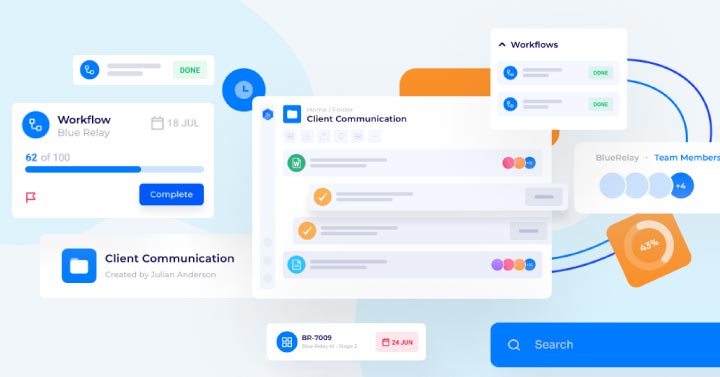In wake of President-elect Trump’s statements regarding significant and fundamental changes to Medicare, health payers are embracing for what could be a massive cut to funding as well as other disruption.
As health care business leaders continue to monitor and plan for 2017, it is difficult to feel reassured that investments and progress made over the last few years will be secure for the future.
In the context of this insecurity coupled with rapid industry changes demanding large investments in new initiatives, many are questioning the best step forward. Consequently, it’s more important than ever to look at cost containment as a key part of your business strategy.
Cost containment provides a chance to be laser focused on priorities and dig deep on what we can do with what we already have. It is a time to be creative and become more efficient with the people and tools you have. Furthermore, it is more important than ever to focus on the customer – deliver on their needs to retain and even win new business.
Best Course of Action Facing Financial and Legislative Uncertainty
- Bring People Together/Empower Your People:
There is a wealth of expertise and talent within your company. It’s easy to get into the day-to-day of work without taking the time to explore those talents that can bring opportunity to your business. Call out to your direct report teams and other teams to bring people together in support of finding ways to do more with what you have. Whether it be town halls, whiteboarding discussions, surveys or idea boxes, there are many opportunities to discover efficiency and opportunity in innovation. - Find Cost-savings in Your Business Processes:
Business Process Management is gaining traction due to its proven ability to increase efficiency and agility while containing costs. Look for solutions that streamline your processes and invest there. - Capture the Low-Hanging Fruit:
What are the activities and investments you can act on now to generate a return? Find rapid ROI projects – particularly those that will come out of BPM and/or brainstorming activities and analysis. Pilot promising initiatives against clear expected metrics and operationalize quickly if results merit. - Focus on Serving your Current Customers:
We all know that retaining existing customers is much less expensive than finding new ones. Your current clients aren’t going anywhere – unless you make poor budget decisions around supporting those customers. Listen to them, cater to them and use them as your guide to how you manage service priorities while keeping an eye on the bottom line. By focusing on them, you secure future revenue.
The Final Answer: Don’t Stop Projects, Do Them Differently
Budget cuts don’t always mean a bad thing – on the bright side it brings focus, innovation and a commitment to efficiency. And, by putting back-burner cost-saving items into the forefront of planning, the resulting changes can benefit organizations in the long run. Use the talent and resources you have to find creative ways to beat the budget-cutting blues.
What are your thoughts? Tell us below.
Trump, Medicare, Budget Cuts and Uncertainty. Where do we go from here? https://t.co/KaHzqWN4XB #medicare #TrumpCare #PrivateExchanges #ACA pic.twitter.com/7VMDWSMJ8X
— Blue Relay (@BlueRelay) January 5, 2017



